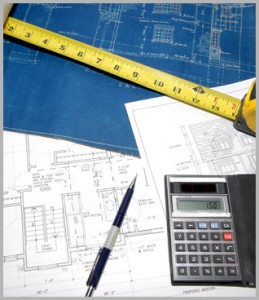
The first problem showed up when she was doing her estimating for the project. She didn’t consider the need for accurate numbers since the building was “just a studio.” She figured that she could get it close and that would be good enough. Unfortunately, that “close” turned out to be off by about $3000! Yikes. She had not accounted for the little unknowns: things like temporary bracing for the structure, tool rental or purchase, or the always present mistakes. Those things added up quickly and put her in a funding hole.
Another common mistake which she experienced was over paying for materials that are called out in the plans. For example, she had several windows in the studio of a size that weren’t immediately available in her area. She could have purchased windows that were 6″ narrower but opted to stay with what was on the plan. That ended up costing her an extra $500 because she had to special order all the windows. Had she researched the windows before she framed the openings, she would have been more likely to see the problem and adjust her framing to accommodate a slightly smaller window in each case. As it was, she figured, she’d just deal with the extra $500 charge. A little here, a little there…
The little unknowns of a project can add up really fast as she found out. A little extra time up front and she would have saved roughly $3000. Here’s the real impact of that $3000, the overall job only cost $13,000 in the end so she added 30% of the actual cost of the building to her budget. Imagine that on a $200,000 house. That would be an additional $60,000! That’s no chump change. Be sure to spend the time before the job to investigate everything thoroughly and get clear about how you’ll spend your money. With accurate planning and an accurate estimate, you can be successful. Without either of those things, you’re likely to end up like the woman in this story.
By the way, she’s still really happy with her new studio, she’s just bummed she paid 30% more than she needed to.


